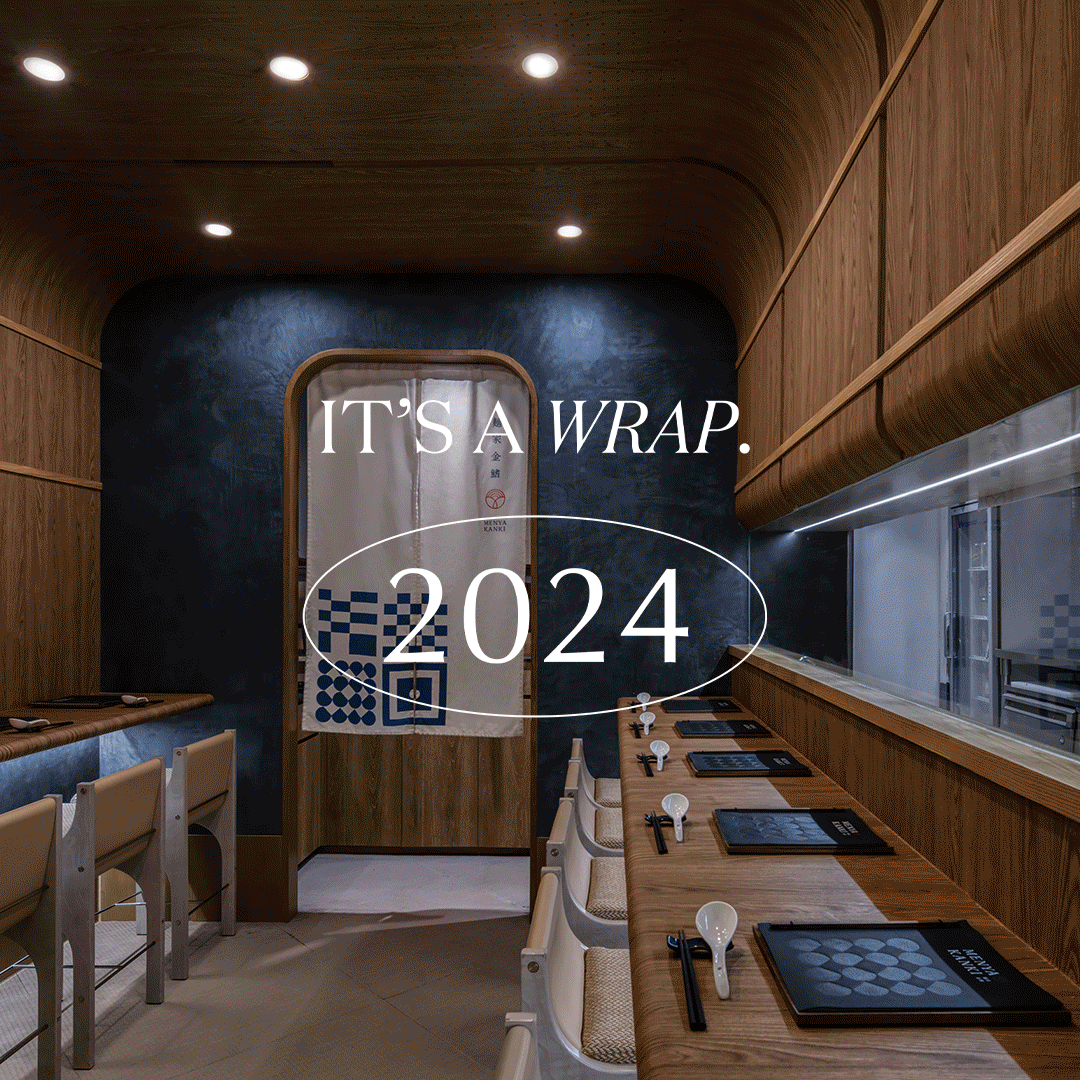Your Brand. Your Story. Your Answers.
A brand is a story.
It’s amorphous.
It’s dynamic.
It’s a feeling that is unique to each person.
It’s an identity that people see and remember.
Having a memorable brand identity is essential for getting noticed, connecting with audiences, and keeping them interested.
But how to create a brand identity that truly resonates?
An effective brand strategy begins from a name, story, design, colors or any visual aspect that distinguishes your company, product, or service, usually through a brand’s visual identity. It sets an impression, expectation and emotion. More importantly, it conveys your mission, value and culture consistently to the world through a cohesive set of brand guidelines.
In a sea of competitors, having a strong brand identity and brand elements will not only get you noticed by consumers but likely keep those customers coming back for more.
Here are 10 questions you should answer before beginning the exciting journey of building a brand and how to create a brand identity with a unique personality, narrative and vision.
1. What is the purpose of your business?
Understanding the purpose of your brand’s existence is fundamental. It shapes the brand’s unique positioning and sets the tone for your brand identity, brand image, and brand voice in a broad perspective.
2. How is my business making an impact on the world?
This question gives us a bigger picture of where you are headed and hope to achieve. It also shapes what your brand values are in a macro and micro point of view.
3. Where do you see your brand in 10 years?
Any good brand identity exercise should have a roadmap that compliments with its business visions. Comprehending your goals helps position your company in the market as well as the industry. It also determines how systematic and agile your brand identity needs to be.
4. What car would your brand be?
This is where your brand personality shows. Are you luxurious or practical? Are you expressive or humble? Relating your brand to types of cars tells us how the brand communicates and functions externally and internally.
E.g. If you’re an inclusive, sustainable, and price-friendly tech start-up, your car may be a Tesla Model 3.
5. What colour(s) best represent your brand?
A unique set of colours could be the biggest asset of your brand identity design. McDonald’s red and yellow, Tiffany’s iconic Tiffany blue, Louboutin’s red soles, and so on. Picking your unique colour palette is more than just an aesthetic - through the use of the right colour(s), it can better communicate your brand identity and personality.
6. What attributes or emotions would you like your brand to be associated with?
A brand is like a human being. It has defining emotions and human traits. With a strong brand identity, it should express these attributes emotionally without too many words.
7. Is there a unique story behind your business or name?
Your name is often the first touchpoint anyone will have with your brand identity – much like meeting a new person and learning what name they go by. Therefore, having a strong and memorable name that represents your business or backstory is fundamental. The right name can be one of the most valuable brand assets, driving differentiation and speeding acceptance.
8. Who is your intended target audience?
An integral part of effective brand communication is to deeply understand what your target audience wants and needs. By knowing so, we strike a balance between what you represent and what your consumers want to see - the goal is to build a good rapport between your business and your customers.
9. Who are your top 3 competitors? What do you like about their brand and dislike about them?
Knowing who your competitors are, gives a stronger idea your market landscape. Knowing what you like and dislike will help narrow down the direction of your company as well as meet the requirements of going beyond your competitors.
10. What brand collaterals (online/offline) do you foresee having (e.g. Business card, hang tags etc.)?
Understanding the breadth of your brand’s collaterals will help us figure out the ways you will be interacting with your customers, whether that be online or offline. It will also help us to understand how effectively and how widely you aim to spread your brand awareness.
Want more branding tips?
We hope you enjoyed reading this as much as we’ve enjoyed sharing this insight piece. Subscribe for more industry insights or schedule a free consultation with our branding company today to continue building your successful brand.




